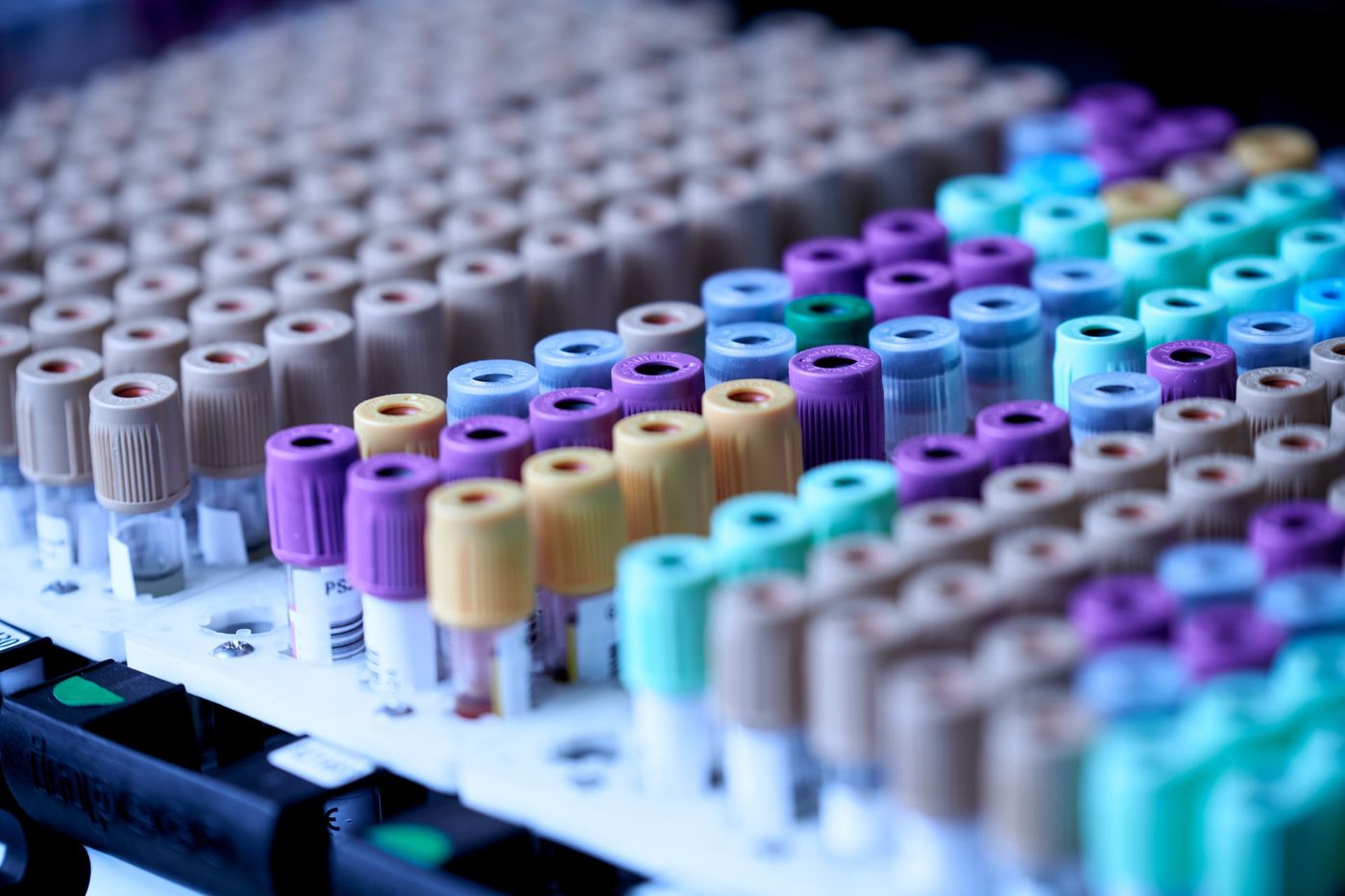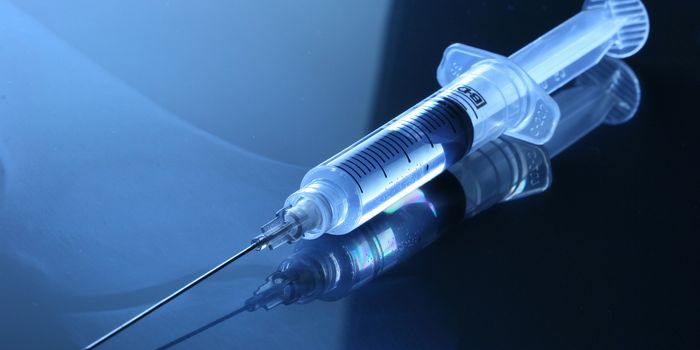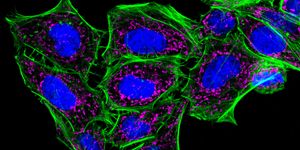Convalescent Plasma Therapy for COVID-19 Doesn't Work
After encountering an infectious agent, the immune system begins churning out antibodies—Y-shaped warriors that neutralize pathogens—into the blood circulation. In theory, donor blood from patients who have recovered from an infection could be used therapeutically, helping those experiencing severe symptoms recover.
In the case of COVID-19, the U.S. Food and Drug Administration (FDA) granted emergency authorization for convalescent plasma therapy earlier on in the pandemic. This therapy was targeted towards patients in hospitals suffering from COVID-19, particularly those who were immunocompromised. Since its authorization, tens of thousands of patients in the U.S. have been administered convalescent plasma therapy, despite the lack of clinical trial data to support the efficacy of the treatment.
Now, a recent study by Stanford researchers has revealed the harsh reality of convalescent plasma therapy for COVID-19: it doesn’t work.
A clinical trial called C3P0 was initiated by researchers at the National Institutes of Health around a year ago. The study aimed to understand how high-risk patients (such as those with underlying medical conditions such as asthma and Type 2 diabetes) would benefit from convalescent plasma therapy at the early stages of COVID-19 infection. This subset of patients is especially prone to progressing on to more severe, life-threatening symptoms of the disease, and early on during the pandemic, there were very few clinical options to support their recovery.
In February—despite only enrolling around 500 of the targeted 900 study participants—the C3PO study was terminated after researchers found no benefit of convalescent plasma at resisting severe COVID-19 symptoms compared to the placebo.
Initially, researchers involved in the study estimated that plasma therapy might slash the risk of COVID-19 progression by around 10 percent. However, the clinical data collected from C3PO revealed that this number was under two percent.
“While this trial was negative, we need to continue this research to understand when passive immunotherapy such as convalescent plasma can be effective in treating emerging infectious diseases,” commented Kevin Schulman, one of the lead investigators involved in this work.
Source: The New England Journal of Medicine, Stanford Medicine.









